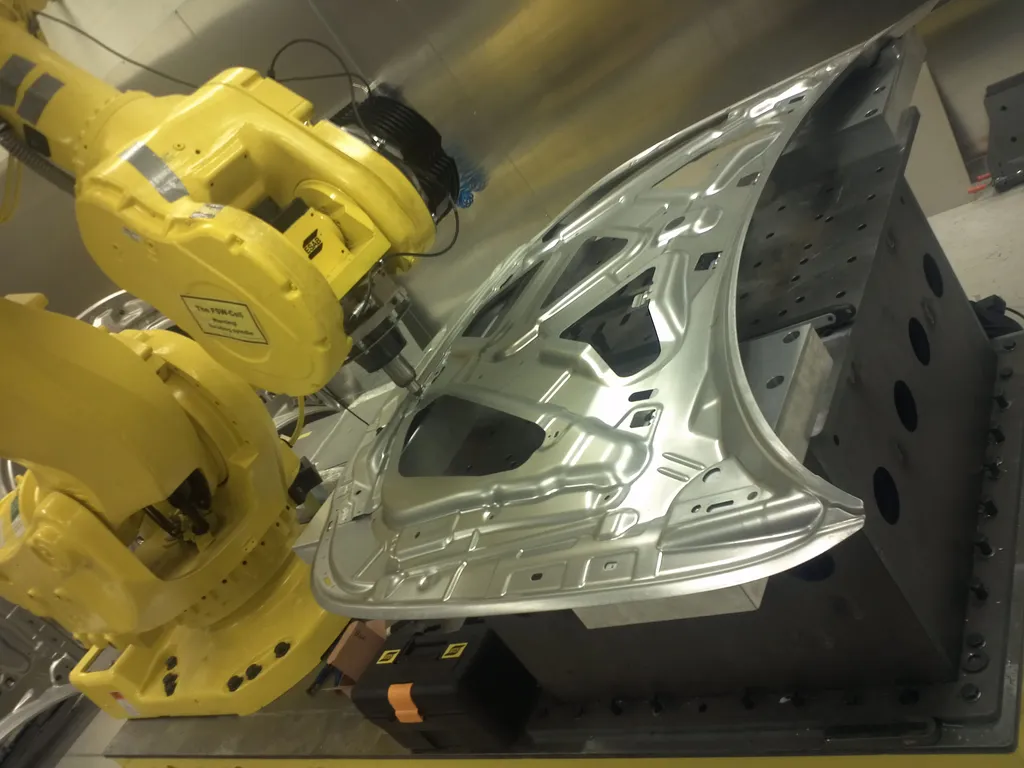In the relentless pursuit of lighter, stronger, and more efficient materials for automotive manufacturing, researchers have made a significant stride. A study published in *Cailiao gongcheng* (which translates to *Materials Engineering*) has unveiled promising findings on the properties of welded joints between two advanced high-strength steels, QP1180 and 22MnB5. The research, led by WANG Jinfeng from the School of Automotive Materials at Hubei University of Automotive Technology, could have far-reaching implications for the automotive industry and beyond.
The study focuses on two primary materials: QP1180, a 1.2 GPa cold-forming steel, and 22MnB5, a 1.5 GPa hot press forming (HPF) steel. These materials are often used in automobile manufacturing and need to be connected, but the process of joining them has been a challenge. WANG Jinfeng and his team explored two approaches to this problem: laser tailor welding followed by HPF quenching, and HPF quenching followed by laser tailor welding.
The results were striking. Joints made by laser tailor welding first, then HPF quenching, showed a 20.7% increase in tensile strength, a 90.3% increase in elongation after fracture, and a 140% increase in hardness compared to the alternative sequence. “The enhancement of these properties can improve the formability and serviceability of the components,” WANG Jinfeng noted, highlighting the practical benefits of this approach.
The research also revealed that no softening occurred on either side of the welded joint, and the microstructure in the softening zone transformed from the original martensite+ferrite to fine martensite. This transformation contributed to the significant improvements in mechanical properties.
The implications of this research are substantial. For the automotive industry, the ability to create stronger, more flexible joints between high-strength steels could lead to lighter, more fuel-efficient vehicles. This, in turn, could have a positive impact on the energy sector by reducing the overall energy consumption of vehicles.
Moreover, the findings could inspire further research into the properties and applications of advanced high-strength steels. As WANG Jinfeng explained, “The results show that the sequence of operations in the manufacturing process can significantly affect the final properties of the materials.” This insight could guide future developments in material science and engineering.
In conclusion, the study published in *Cailiao gongcheng* offers a compelling example of how innovative approaches to material processing can yield significant improvements in performance. As the automotive industry continues to evolve, such research will be crucial in driving progress and shaping the future of transportation.

